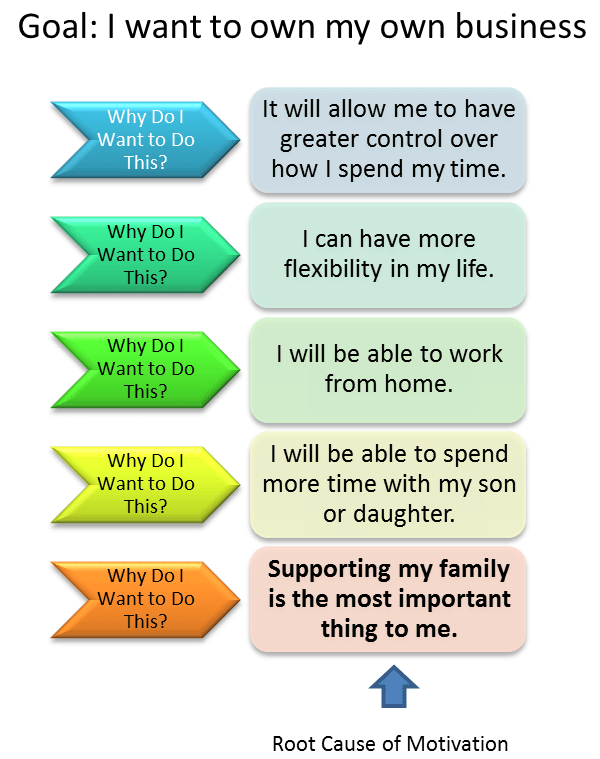
“Judge a man by his questions rather than his answers.” — Voltaire
Everything in life comes down to the questions we ask. When we ask great questions, we find clarity, direction and momentum in the answers.
Of course, the opposite is also true. Ask the wrong questions, and we end up way off course, because if we’re asking the wrong questions, there can be no right answers.
It’s a big claim to say that everything in life revolves around questions, but it’s true. The quality of our lives comes down to the decisions we make and the actions we take, which are a result of the questions we choose to ask. As Gary Keller and Jay Papasan said in their book The ONE Thing:
“How we phrase the questions we ask ourselves determines the answers that eventually become our life.”
That means that learning to ask good questions is a crucial part of building lives we love and find fulfilling. It’s easier said than done, but if we want to create extraordinary lives, we need to be intentional and deliberate about making time to ask ourselves exceptional questions, without distraction or other people’s priorities getting in the way.
Already know what you want to do?
If all you need is the plan to get you to your goals, get the Long-Term Goals worksheet to get it done:
Click here to access your worksheet
This is why we’re so gung-ho on time management. It’s the only way we can ensure we have time to ask good questions, which is often what separates extraordinary lives from ordinary ones. But learning to manage our time can only happen when we stop what we’ve been doing and make space to ask ourselves one key question.
The Focusing Question
“What’s the ONE Thing I can do such that by doing it
everything else will be easier or unnecessary?”
The Focusing Question works well because it’s structured in a very specific way: It leads you to ONE thing to do — not a few, not a list, just one. It makes you choose something that you can do — not something you’d like to be able to do, or that you think you should do. One thing you can actually act on, whether it’s on a small or large scale.
Finally, it creates a discrete set of actions for you: if everything else is easier or irrelevant once you’ve done it, then there’s an end point. You can stop, take a step back and reassess each time you complete your ONE Thing. This is how extraordinary results happen — this tight feedback loop and constant examination of your actions and outcomes.
Now, remember that The Focusing Question is not an existential one. It’s about helping us find the first domino to knock over, so that all our following actions go down easier.
When we’re having trouble finding an answer to the Focusing Question, it might be because we’re not clear on what we really want to achieve in life, or because we find ourselves at a crossroads and need to reassess our direction. In that case, there are other questions to ask yourself first. Five questions, actually.
If you’re having trouble finding your ‘Big Why’ — the thing, deep down, that motivates you and keeps you going every day — try asking the 5 Whys.
The 5 Whys
The 5 Whys started at Toyota Motor Corporation as a key component of their legendary problem-solving process. Whenever something would go wrong in their production, management or customer relations, the team in question would get together, pick a Why Master (yes, really) and get down to asking why it happened. They would ask five times.
Taiichi Ohno, one of the brains behind the Toyota Production System, described the process as “the basis of Toyota’s scientific approach . . . by repeating why five times, the nature of the problem as well as its solution becomes clear.”1
Asking why so many times penetrates down through each layer of complexity and defense in any situation.
It’s a method we can use in our personal lives to find the root of a problem that keeps coming up, or as a way to find our true, core motivation for what we’re doing in life.
While it’s a useful tool for troubleshooting in business, here we’re most interested in how to use the 5 Whys to get to our core motivations — your Big Why. Having a clear grasp on our Big Why allows us to answer the Focusing Question more accurately.
This example from the Start of Happiness illustrates this method perfectly:

If you’ve had trouble defining what really motivates you — the thing that will get you out of bed at the crack of dawn, that will sustain you through the ups and downs life throws at us all — try the 5 Whys.
Start with a current situation in your life and ask yourself why, five times. You might be surprised at the final answer, or you might realize that you’ve known the answer all along and simply needed a structured way to think about it. In some cases, five times might not be enough. If you’re not satisfied with the fifth answer, keep asking.
Remember that to answer the Focusing Question and start making remarkable decisions for an extraordinary life, our core motivation needs to be clear.
We need to keep that motivation front and center at all times, because it will inform our answer to the Focusing Question and keep us on course. Try it today: ask yourself why five times, and then ask: “What’s the ONE Thing I can do such that by doing it everything else will be easier or unnecessary?”
These two questions can help you answer every question, rise to every challenge, and keep you on track to create an extraordinary life.
To get an even more detailed picture of what truly motivates you, and to create a plan to bring that motivation to life, download the My Purpose workbook here, to work through three simple steps to identify your purpose and clarify what you want to achieve. You’ll line up your dominoes — and then you’ll whack away at the lead one with the confidence that comes from knowing where you want to go.
